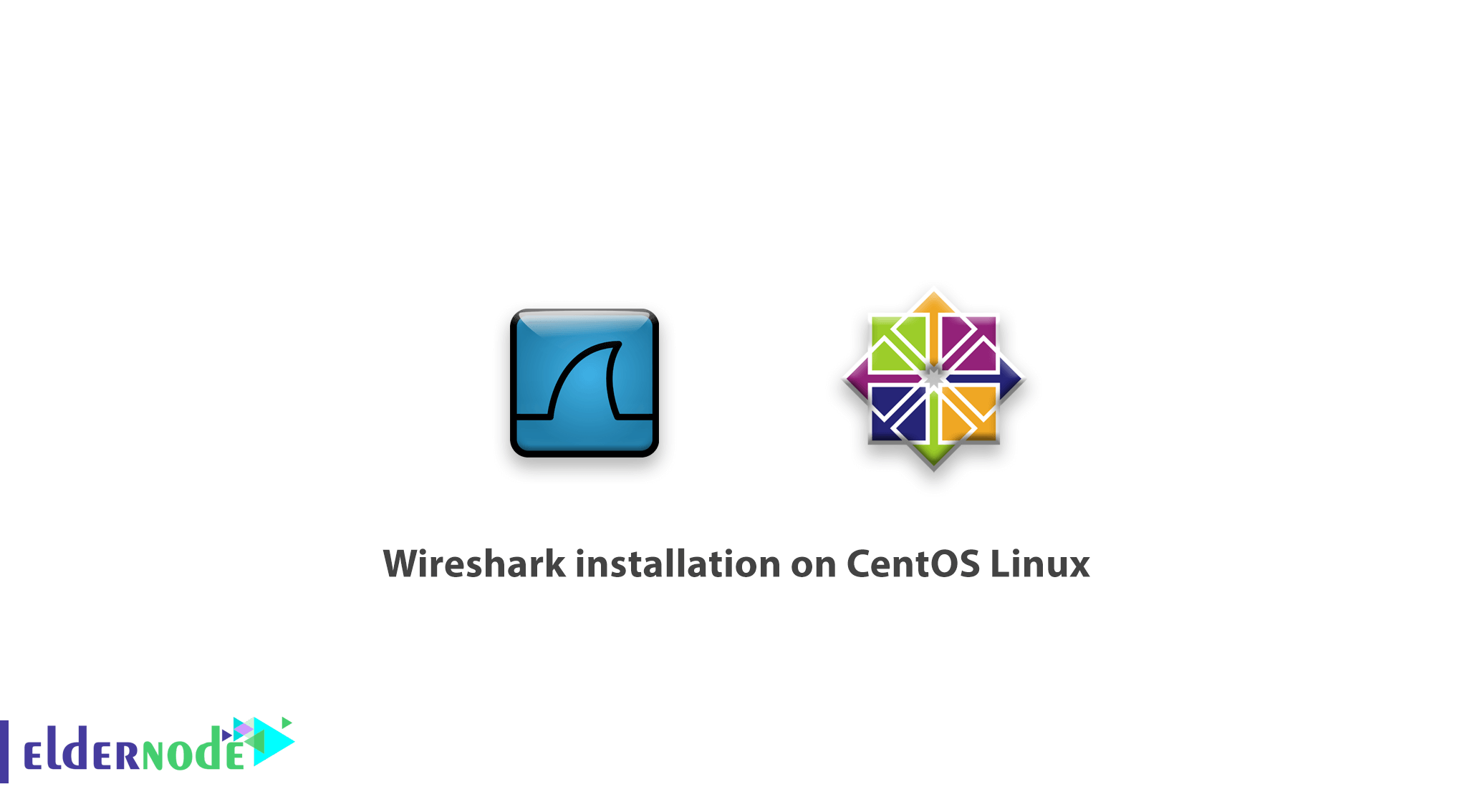
In order to combine many filters when running the tcpdump command, you can use these operators: and (&), or (||), not (!). $ sudo tcpdump dst 172.19.11.210 Capture network packets with many combined filters $ sudo tcpdump src 172.19.11.210įor the purpose of capturing only network packets to a specific destination, run the tcpdump command with the dst option. If you want to filter only network packets that come from a specific source, let’s run the tcpdump command with the src option. $ sudo tcpdump -n port 22Ĭapture network packets from source and destination If you want to filter only network packets on a specific port, let’s run the tcpdump command with the -n port option. You can simply run the following command: $ sudo tcpdump -n host 172.19.11.101 -c 5Ĭapture network packets on a specific port To capture the packets from a specific host. If you want to capture packets on a specific network interface and limits packet to 6, run the following command: $ sudo tcpdump -i eth0 -c 6Ĭapture network packets on a specific host To list all of the network interfaces that their packets can be inspected by the tcpdump command, run: $ sudo tcpdump -D When you run tcpdump without any options, it will capture all the packets on all of the network interfaces on your computer.
How to install tcpdump centos install#
If it has not been installed yet, let’s run: $ sudo apt update $ sudo apt install tcpdump Capture packets on network interfaces To verify whether the tcpdump is installed or not, run the following command: $ tcpdump -version Install tcpdumpīy default, tcpdump is installed on most Linux distributions. This tutorial will show you the way to use the tcpdump command in a Linux system. It’s one of the most common networking utilities to troubleshoot network problems and security issues.Īlthough its name is tcpdump but it can be used to inspect non-TCP traffic included UDP, ARP, or ICMP. To install the latest version of Wireshark, it is recommended that we install it by building a package from source.Tcpdump is a very useful command to inspect and capture network packets that go into and from your machine. $ sudo apt-get install wireshark Installing Wireshark using source $ sudo add-apt-repository ppa:wireshark-dev/stable To install the latest Wireshark using the official repository, run the following commands in the same order, You can also use the official repositories for Ubuntu to install the latest Wireshark package, which might not be available with the default Ubuntu repository. Once all the dependencies have been installed, install Wireshark (available with default Ubuntu repositories) using the following command, $ sudo apt-get install build-essential checkinstall libcurl4-openssl-dev bison flex qt5-default qttools5-dev libssl-dev libgtk-3-dev libpcap-d The method to install Wireshark from source package is mentioned below.įirstly install all the required dependencies for Wireshark using the following command,

To get the latest package for Wireshark we need to install it using source packages. $ sudo yum install wireshark wireshark-qtīut you might not get the latest package for Wireshark using this method. Install Wireshark on centos using the following command, Wireshark is available with the default CentOS package repositories & can be installed using YUM. $ yum install gcc gcc-c++ bison flex libpcap-devel qt-devel gtk3-devel rpm-build libtool c-ares-devel qt5-qtbase-devel qt5-qtmultimedia-devel qt5-linguist desktop-file-utils Install all the dependencies using the following command, (Recommended Read : Complete monitoring solution : Install OMD (Open Monitoring Distribution) ) Installation on CentOSīefore we can install Wireshark, we need to make sure that all the dependencies for Wireshark are present on the system.

In this tutorial, we will learn to install Wireshark on CentOS & Ubuntu operating system. – Live data can be read from ethernet port, Bluetooth, USB, Token rings tec

– Read/write feature various file formats,


 0 kommentar(er)
0 kommentar(er)
